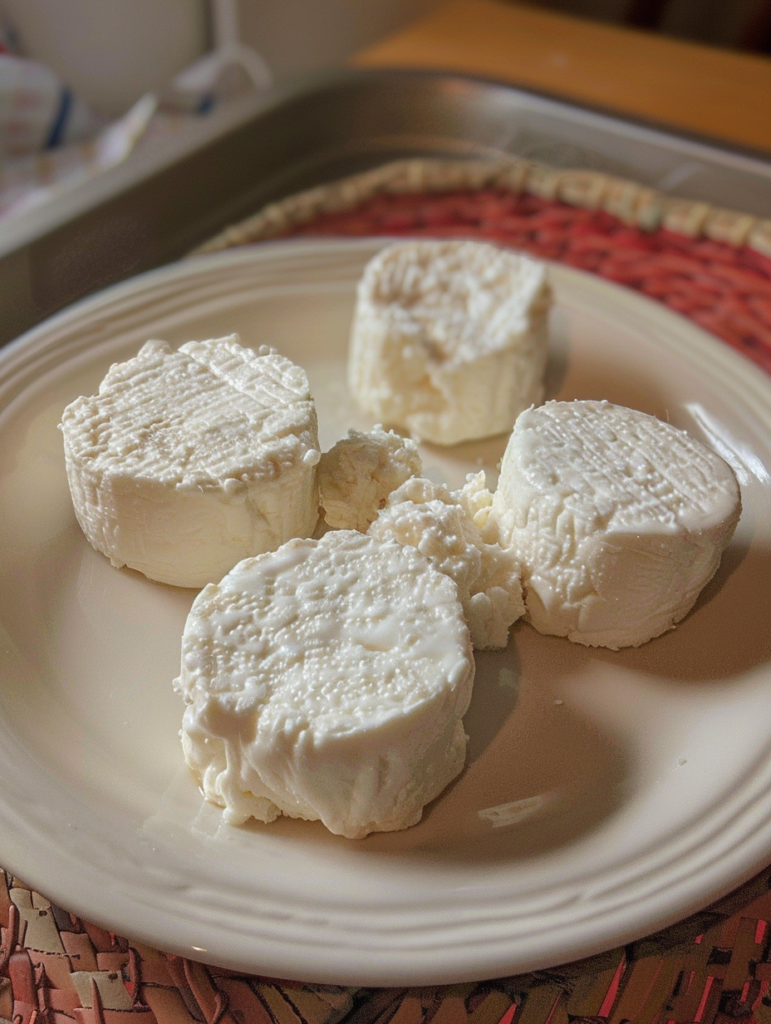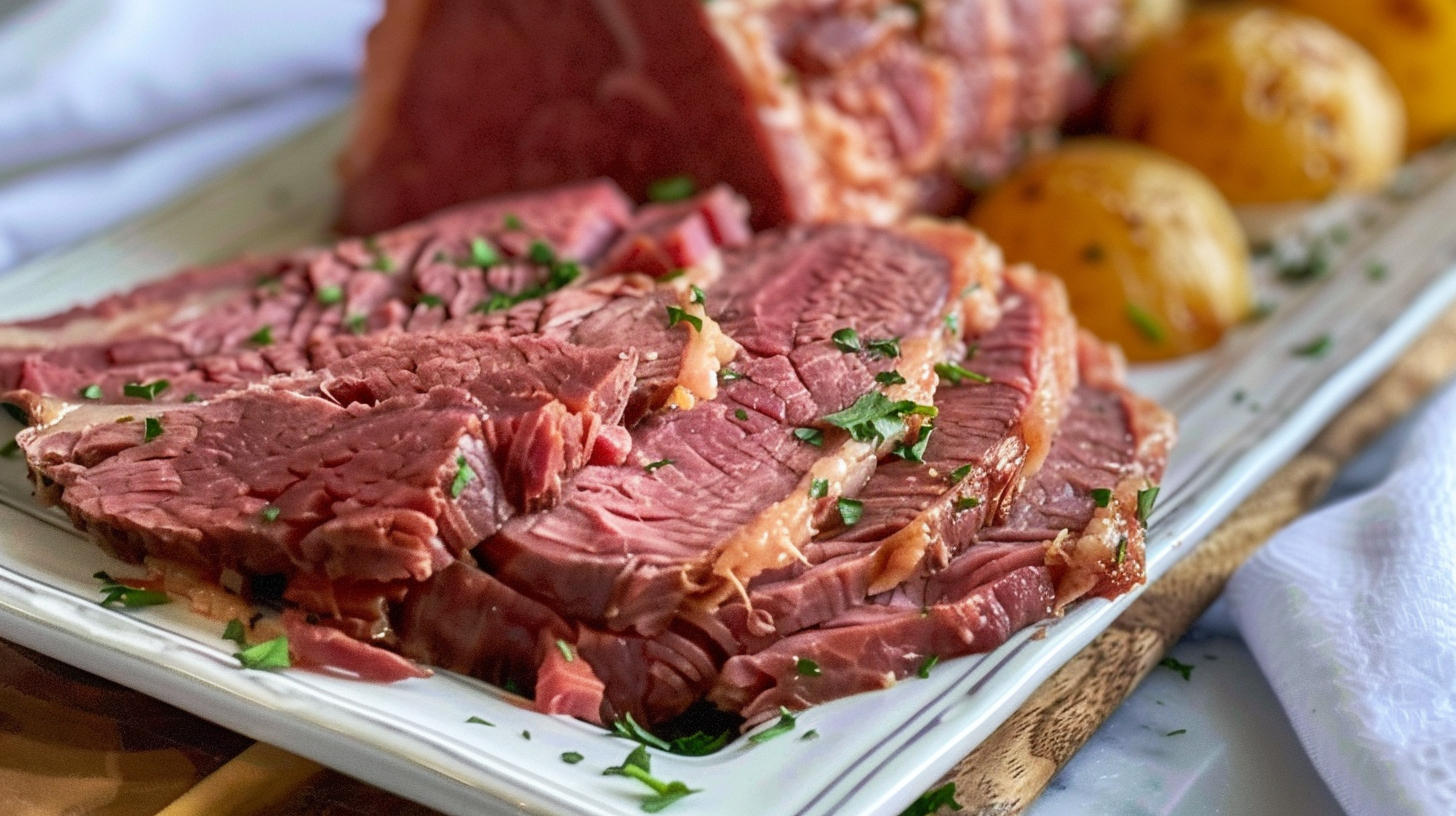Introduction
Goat cheese, also known as chèvre, is a beloved dairy product with a rich history and a distinctive flavor profile. Unlike cow’s milk cheese, goat cheese has a tangy, creamy taste that can range from mild to intense, depending on its age and the methods used in its production. This versatile cheese can be enjoyed in various forms—soft, semi-firm, fresh, or aged—making it a favorite among cheese enthusiasts and culinary professionals alike.
What makes goat cheese so special? For starters, it’s a great alternative for those who are lactose intolerant, as it generally contains less lactose than cow’s milk cheese. Additionally, goat cheese is packed with essential nutrients like protein, calcium, and healthy fats, making it not only delicious but also nutritious.
In my own culinary adventures, I’ve found goat cheese to be a game-changer. Its unique flavor can elevate even the simplest dishes, adding a touch of sophistication and a burst of tangy goodness. Whether crumbled over a fresh salad, spread on a crusty baguette, or incorporated into a creamy pasta sauce, goat cheese never fails to impress.
Enjoyment Suggestions
Pairing Ideas
One of the joys of goat cheese is its ability to pair beautifully with a wide variety of foods and beverages. Here are some pairing ideas to enhance your goat cheese experience:
- Fruits and Nuts: Fresh goat cheese complements fruits such as figs, apples, pears, and berries beautifully. Add a handful of toasted nuts, such as walnuts or almonds, for a delightful contrast in texture and flavor.
- Honey and Jams: Drizzle a bit of honey or spread some fig jam over your goat cheese to balance its tanginess with a touch of sweetness.
- Herbs and Spices: Enhance the natural flavors of goat cheese by sprinkling it with fresh herbs like rosemary, thyme, or basil. A dash of cracked black pepper or red pepper flakes can also add an interesting kick.
Serving Occasions
beautifully. Goat cheese is highly versatile and can be served in various ways to match different occasions
- Appetizers: Serve goat cheese as part of a cheese platter with an assortment of crackers, fruits, and nuts. It makes an excellent appetizer for any dinner party.
- Salads: Crumble goat cheese over mixed greens, roasted beets, or a classic Caprese salad for an extra layer of flavor.
- Main Dishes: Incorporate goat cheese into pasta dishes, tarts, or quiches. Its creamy texture melts beautifully, creating a luxurious mouthfeel.
- Desserts: Yes, goat cheese can even be used in desserts! Try it in a cheesecake or blend it with honey and serve with fresh fruit for a light, sophisticated treat.
Complementary Beverages
Pairing the right beverage with goat cheese can enhance its flavors and create a memorable culinary experience:
- Wine: A crisp Sauvignon Blanc or a fruity Rosé can complement the tanginess of goat cheese. For aged varieties, try a bold red wine like Cabernet Sauvignon.
- Beer: A light, hoppy beer such as a Pilsner or a Belgian-style Ale can balance the richness of goat cheese.
- Tea: For a non-alcoholic option, consider pairing goat cheese with a cup of green tea or an herbal infusion like chamomile or mint.
FAQs
1. Is goat cheese suitable for people with lactose intolerance?
Additionally, goat cheese usually has lower lactose content compared to cow’s milk cheese, making it a preferable choice for those with lactose intolerance..
2. How should I store goat cheese?
Store goat cheese in the refrigerator, preferably in its original packaging or wrapped in wax paper and placed in an airtight container. It should be kept in the cheese drawer or a similar humid area of the fridge.
3. Can I freeze goat cheese?
Yes, goat cheese can be frozen, though its texture might change slightly upon thawing. It’s best to freeze it in small portions, tightly wrapped in plastic wrap and placed in a freezer bag.
4. How long does goat cheese last once opened?
Once opened, goat cheese typically lasts about one to two weeks in the refrigerator if stored properly. Always ensure to check for spoilage indicators, like an unpleasant smell or mold.
5. What are the health benefits of goat cheese?
Goat cheese is rich in protein, calcium, and healthy fats. It’s also easier to digest than cow’s milk cheese and contains probiotics that promote gut health.
PrintGoat Cheese: The Delightful and Versatile Dairy Treat
- Author: ameliachef.com
- Total Time: 10 minutes
- Yield: 8 servings 1x
- Diet: Vegetarian
Description
This creamy goat cheese spread, made with fresh herbs and a hint of garlic, is perfect for any appetizer platter. Its tangy flavor pairs wonderfully with crackers, bread, or vegetables. Easy to make and versatile, it’s ideal for casual gatherings and elegant parties. Impress your guests with this sophisticated choice for wine nights or family get-togethers. Keywords: goat cheese spread, appetizer, creamy goat cheese, easy party recipes, fresh herbs.
Ingredients
- 8 oz goat cheese
- 2 tablespoons olive oil
- 1 clove garlic, minced
- 2 tablespoons fresh parsley, chopped
- 1 tablespoon fresh thyme, chopped
- Salt and pepper to taste
- Crackers or bread, for serving
Instructions
- In a medium bowl, combine the goat cheese and olive oil. Mix until smooth and creamy.
- Add the minced garlic, chopped parsley, and thyme to the bowl. Stir until evenly incorporated.
- Season with salt and pepper to taste.
- Transfer the mixture to a serving dish. Use a spoon or spatula to level the top.
- Garnish with additional fresh herbs if desired.
- Serve with your choice of crackers, bread, or fresh vegetables.
Notes
- For a creamier texture, you can add a tablespoon of cream or milk to the mixture.
- Feel free to experiment with different herbs such as basil or chives.
- This spread can be made a day in advance and stored in the refrigerator. Allow it to come to room temperature before serving.
- Prep Time: 10 minutes
- Category: Appetizer
- Method: No-cook
- Cuisine: American
Keywords: goat cheese spread, appetizer, creamy goat cheese, easy party recipes, fresh herbs









